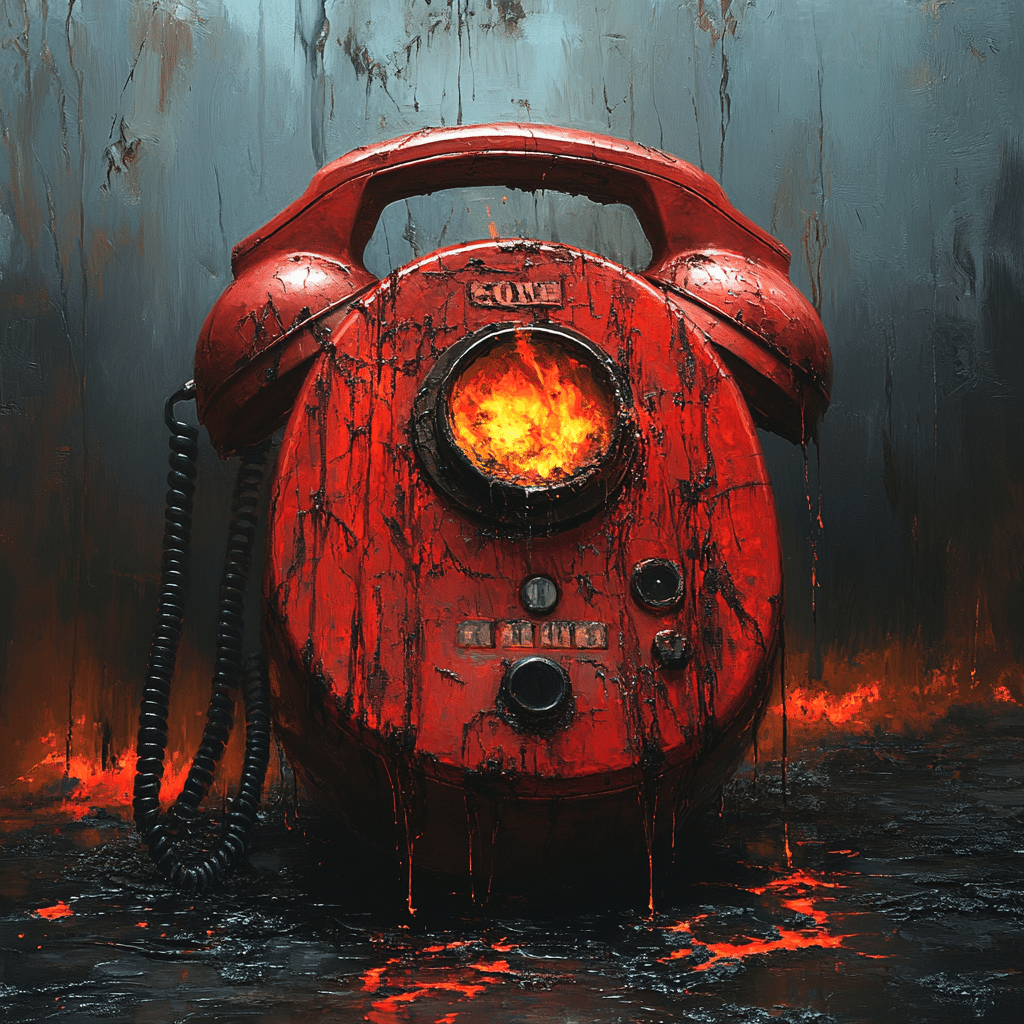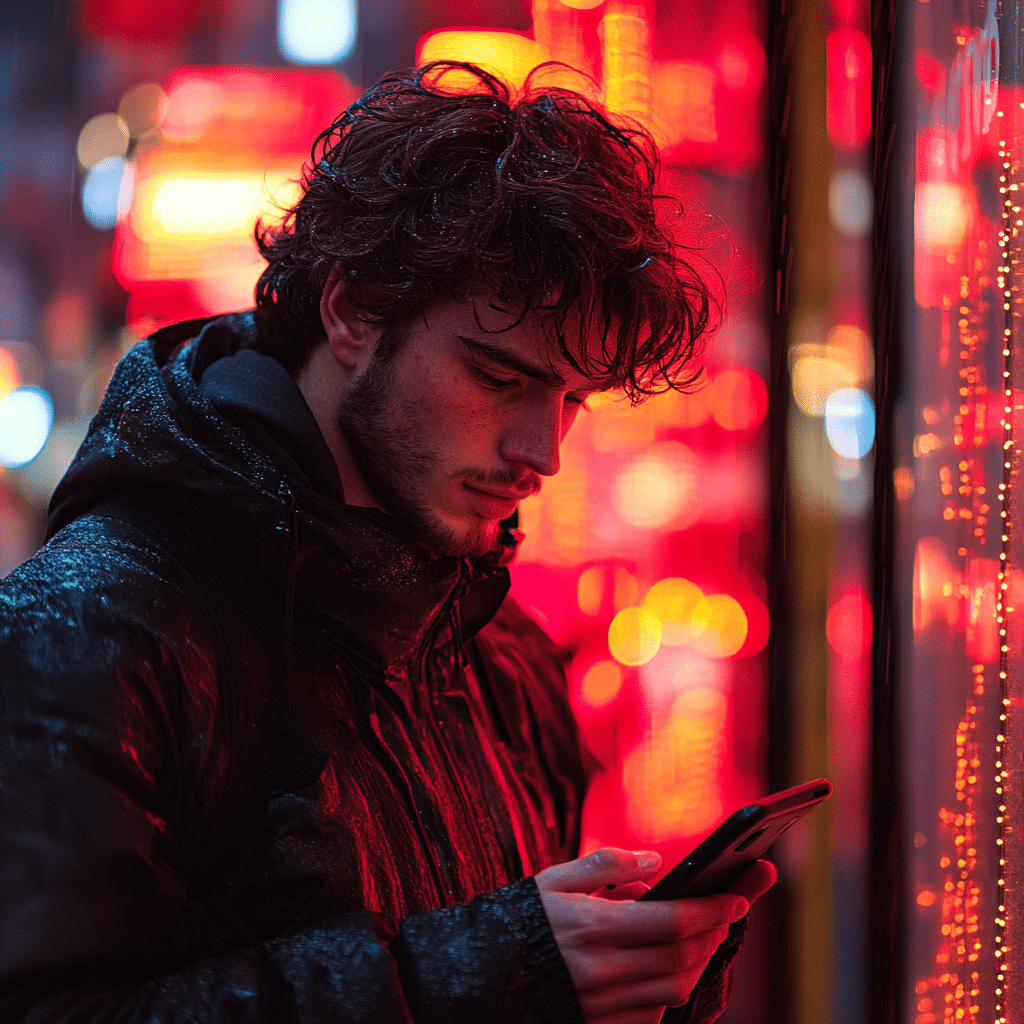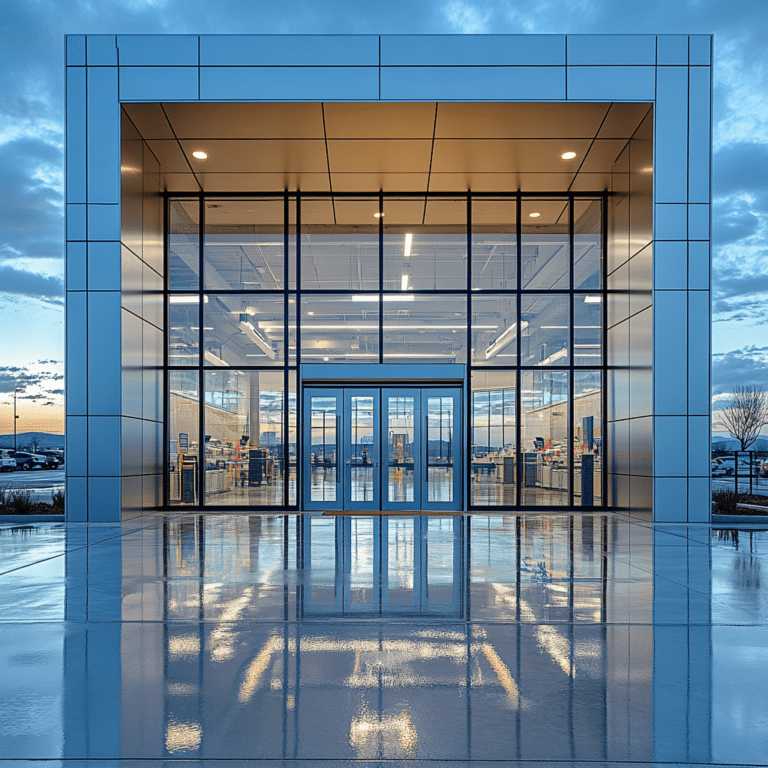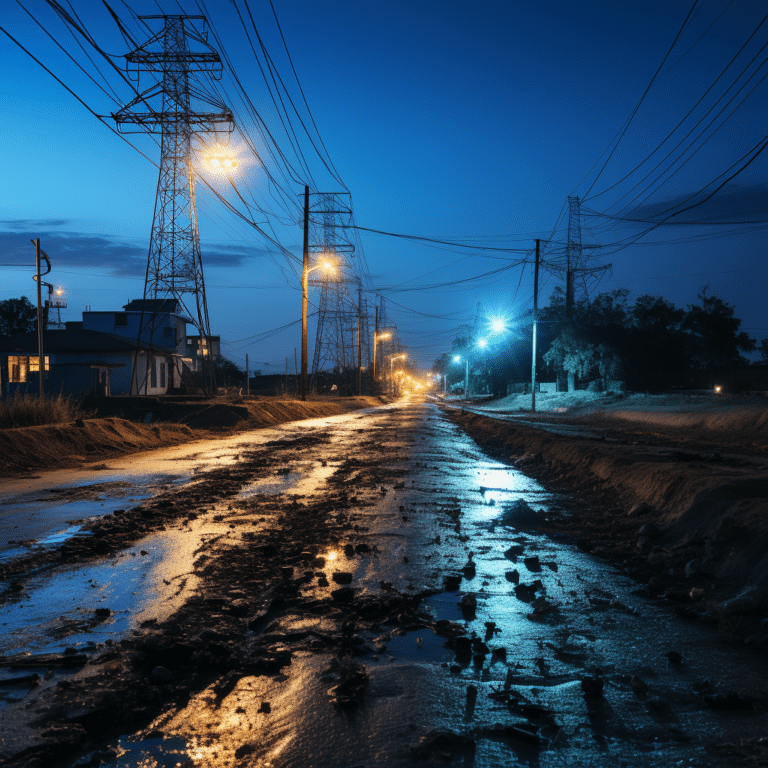The recent cell phone outage has served as a major wake-up call for millions across America. Pent-up frustrations hit home as people scoured their devices, only to find a frustrating lack of connection. Carriers like Verizon, AT&T, and T-Mobile suffered significant failures, turning a routine day into a chaotic scramble. Communication, whether personal or professional, relies heavily on these networks, and when they fail, the consequences ripple through every corner of society. As we examine the fallout, it’s essential to grasp just how enmeshed our lives are with mobile technology and what this means for us moving forward.
Impact of the Latest Cell Phone Outage on Daily Life
This cell phone outage underscored the heart of everyday life in America. Gone are the days when we relied on landlines or even handwritten notes. Everyone from students to business professionals uses mobile communication to navigate their day-to-day. The pandemic taught us the importance of staying connected; this latest breakdown sends a powerful message that we can’t take our tech for granted.
Further complicating matters is the fact that many services—be it banking or transportation—now hinge on reliable cell service. Picture this: a mother trying to reach her child at school during an emergency, a banker unable to process a crucial transaction, or a hospital failing to dispatch help in time. These scenarios may sound familiar, yet they illustrate the dire stakes involved when communication systems falter.

5 Major Industries Affected by the Cell Phone Outage
1. Healthcare Services
Healthcare stands out as one of the hardest-hit sectors during the cell phone outage. Hospitals, like Montefiore Medical Center in New York City, reported communication delays that could jeopardize patient welfare. Staff found themselves scrambling for alternatives, often clinging to outdated landlines. In life-or-death situations, every second matters; the inability to swiftly dispatch ambulances only heightens the peril.
Healthcare workers rely on mobile devices to coordinate critical treatment, discuss patient care, and respond to emergencies. The outage disrupted emergency medical services (EMS), reducing response times substantially. In a nation where healthcare must run like a well-oiled machine, any hiccup makes us a little less secure.
2. Financial Institutions
In the financial sector, real-time communication is the lifeblood of operations. Institutions like Chase Bank and Wells Fargo faced significant challenges during the cell phone outage. With mobile banking apps down, transactions slowed to a crawl. Complaints flooded in from customers, frustrated at being unable to access funds or complete purchases. Smaller financial institutions particularly struggled, often lacking the infrastructural leeway larger banks usually possess.
Imagine trying to pull cash from an ATM or make an urgent transfer only to find the network down. This was the reality many faced during the service failures. The situation raises crucial questions about our banking systems’ dependence on technology and how easily they can be destabilized.
3. Transportation and Logistics
Transportation networks also found themselves in a tight spot during this cell phone outage. Rideshare giants like Uber and Lyft experienced significant disruptions, stranding customers and frustrating drivers. The app-based model reliant on cell connectivity faltered under pressure, leaving many scrambling to find alternative transport. Major shipping players like FedEx reported delays as well.
This scenario paints a vivid picture of modern dependence: if the apps aren’t working, how do we navigate the world? The outage showed just how vulnerable our entire transportation infrastructure can be to technological failure.
4. Education Systems
In educational settings, particularly as schools continue to adapt to both in-person and remote learning, the cell phone outage disrupted not only communications but also access to vital academic resources. Colleges like the University of Southern California faced disruptions in online classes, affecting students striving to meet deadlines. Essential updates, assignment discussions, and even testing schedules fell by the wayside.
With students increasingly tethered to technology for education, incidents like this hint at broader implications. If students can’t communicate with educators or peers, what fallout does that have on their learning and futures?
5. Emergency Services and Public Safety
The role of emergency services came under scrutiny during this cell phone outage. Many 911 centers struggled as calls poured in without the ability to connect with units on the ground. In cities like Los Angeles, first responders resorted to outdated radios to relay critical information—a throwback to earlier, less effective communication methods.
When lives are on the line, every missed connection is a potential tragedy. The fragility of our digital communication systems forces us to confront hard truths about preparedness and response in crisis situations.
Lessons Learned from the Cell Phone Outage: Prepping for the Future
What can we learn from this cell phone outage? For starters, the importance of contingency planning is paramount. Individuals and businesses alike must consider alternative communication methods. Two-way radios or even satellite phones become critical lifelines when the grid falters.
Furthermore, the incident emphasizes the need for public awareness. Let’s face it—teaching basic survival skills for technology failures is becoming more essential in our increasingly digital world. Setting up workshops to educate Americans about alternative communication routes can help soften the blow of potential future outages.
Preparing for Future Outages

Conclusion: Building a More Resilient Communication Infrastructure
This widespread cell phone outage serves as a stark reminder of the vulnerabilities inherent in our communication systems. While technology offers sheer convenience, it’s crucial to prepare for potential disruptions. By investing in alternative communication channels and championing multi-layered approaches, we enhance our readiness for future crises.
As we look ahead to 2024 and beyond, the call to action is clear: fortify our communication networks. As any wise Texan knows—like the folks over at the Big Texan steak ranch—getting prepared is always better than scrambling later. While the cell phone outage has exposed weaknesses, it also inspires a renaissance in our approach to connectivity. Let’s not just talk about the problem—let’s be proactive in creating solutions that ensure our lines of communication remain steadfast, no matter the storm.
The Cell Phone Outage: Trivia and Interesting Facts
A Glimpse into Communication Disruptions
The recent cell phone outage has left many folks disconnected, scratching their heads about how reliant we’ve become on these tiny devices. Did you know that back in 2009, the miracle of the Hudson River showcased how communication—and a little ingenuity—can save lives? It’s a reminder that when the usual means of contact fail, creativity often steps in. Just like that miraculous landing, a good plan can go a long way, especially when facing a sudden cell phone outage.
Unexpected Influences and Trends
During this nationwide communication hiccup, people turned to other forms of information gathering—such as the ongoing debates about the upcoming 2024 United states primary Elections polls. It’s amusing to think how a simple cell phone outage could shift national attention and spark conversations that may shape the future. Speaking of unexpected trends, the rise of streaming platforms has made shows like My Dress-up Darling Season 2 super popular, illustrating that entertainment is still an option even when we can’t scroll through our phones.
Historical Context and Fun Facts
Interestingly, cell phone outages can sometimes lead to delightful experiences, like chatting with neighbors or picking up a good book, rekindling our appreciation for face-to-face communication. For instance, when it was impossible to disseminate sports scores, people turned to old-fashioned bulletin boards. Remember the days when college football fans glued themselves to Cfb playoff Rankings and shared chants together? This sense of community stands strong, even when modern tech takes a backseat due to an outage. So next time your phone drops out—and we all hope it doesn’t happen during a live game—take a moment to enjoy the world around you. Whether it’s a local event like the Rise Joppatowne or even sharing Cfg bank arena Photos with friends, there’s always something happening that deserves our attention.
So there you have it—a mix of history, entertainment, and communal vibes, all stitched together during a cell phone outage. Next time the network goes down, think back to these moments and enjoy a little tech-free time!

Why do I suddenly have no cell service with Verizon?
If you suddenly have no cell service with Verizon, it could be due to various reasons, including network outages, your device’s settings, or physical barriers like buildings. Make sure Airplane Mode is off, check your coverage area, and try removing any cases that might obstruct signal reception.
How do I find out if AT&T is down in my area?
To check if AT&T is down in your area, you can use the Smart Home Manager app. If it’s not installed, just head to att.com/outages for an update. If nothing’s reported, you might need to troubleshoot your device to regain internet access.
Why did my cell phone not work during power outage?
Mobile phones might not work during a power outage because cell towers rely on electricity. If the backup power gets depleted from prolonged outages, service can become less reliable.
How do I find out if Verizon has an outage in my area?
To find out if there’s an outage with Verizon in your area, you can check Verizon’s Network Status page. You can also report any issues you’re experiencing, and they’ll give you the latest updates.
Why am I suddenly not getting cell service?
If you’re suddenly not getting cell service, it might be due to poor signal strength, network issues, or possibly a problem with your device. Checking your settings and ensuring you’re in a coverage area can help.
What caused the AT&T outage?
AT&T outages can be caused by various factors like severe weather, equipment failure, or maintenance work. You can check for updates using their outage page for the latest info.
Why is there no service on my phone AT&T?
If there’s no service on your AT&T phone, it’s likely due to network issues or device settings. Make sure your device isn’t on Airplane Mode, and check if you’re in a coverage zone.
Why is my service not working at AT&T?
Your AT&T service might not be working due to an outage in your area or some settings on your device that need adjusting. Checking the Smart Home Manager app could provide clarity.
Do cell phones work in a power outage?
During a power outage, cell phones can work if the towers have backup power, but this usually only lasts for a limited time. Once those backups drain, service can drop significantly.
What causes cell service outages?
Cell service outages can happen for reasons like bad weather, network overload, or routine maintenance. Issues with your device can also play a part, so checking both is essential.
Why is my cell phone suddenly not working?
If your cell phone isn’t working suddenly, it could be a signal issue, a problem with the software, or maybe even that you’re just out of coverage. Restarting the device or double-checking settings might help.
Why did I lose my Verizon signal?
Losing your Verizon signal could be due to network congestion, outages, or obstructions in your area. Checking the coverage map and ensuring your device settings are correct can provide answers.
Why do I suddenly have no phone signal?
If there’s no connection on your Verizon phone, it’s worth checking your settings first. Make sure Airplane Mode is off, you’re in a good coverage area, and there aren’t any local outages affecting service.
Why does my Verizon have no connection?
Resetting your Verizon cell service is usually as easy as turning Airplane Mode on and off or restarting your phone. If that doesn’t work, try resetting network settings to troubleshoot further.




































